
Indoor plants are a great way to add color and life to your home without having to use paint, fabric or furniture. However, if you do decide to grow houseplants, you need to make sure that you know how to take care of them. In the fall and winter time, the climate in your home changes and therefore the way you care for your plants need to change, too. So let’s look at some of the main things you need to know in order for your plants to stay as happy and healthy as possible.
1. Temperature, Humidity and Watering
One of the main differences between indoor plant care in the summer and in the colder months is the temperature of the room in which your plants are growing. In the fall and winter, the heating in your house is likely cranked up. While it’s nice and warm for us, it may not be the best thing for our house plants, as not all plants like high temperatures year round. On top of that, heating can bring dry air, which can be a problem for indoor plants, as many like humidity and will languish in dry conditions. Both of these also influence your plants water consumption, and therefore how often you’ll have to water your plants. Make sure to do your homework and find out what type of climate your plants prefer. Once you know that and how to recognize the signs that your plants don’t like the environment they are in (for instance their leaves are turning yellow, developing brown patches or curling at the ends), you will be able to adjust the conditions accordingly by moving your plants to a warmer or cooler spot, employing a humidifier to make the air in your house less dry and watering the plants only when they need it.
2. Lighting
Besides the drop in temperatures, fall and winter also brings shorter days, which means that plants get less light. Light is essential to plant growth, because without sunlight they are not able to perform photosynthesis, so it’s crucial that you give your plants as much light as possible (if that’s what they require). This can be done in a couple different ways. You can either place your plants on your windowsills, preferably by the windows that get the most amount of light during the day, or you can purchase artificial lighting like t5 grow lights or LED bulbs. These grow lights often seem like an intimidating thing and they’re not necessary in every case, but if you want to grow light-loving indoor plants and ensure they thrive during the months with less sunlight, then you should give them a shot.
3. Nutrients
Lastly, indoors plants might need some additional supplements in the fall, so they can receive all the nutrients they need but aren’t getting from their environment. There are two main ways to give nutrients to your houseplants that will work even if you are a beginner gardener and don’t know much about this topic. The first way is to start from the very beginning and plant your plants in a nutrient-rich soil. These soils usually come with all the basic nutrients that plants need, and they are released gradually so the plants don’t receive all the nutrients at once. The second way is to purchase a fertilizer or nutrient mix that is specially made for indoors plants. These mixes, too, usually feature all the basic nutrients plants need to grow and thrive indoors.


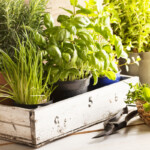




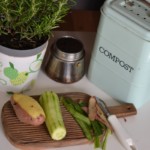

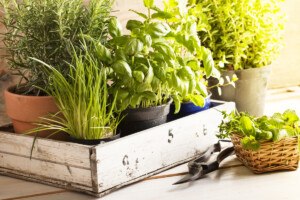


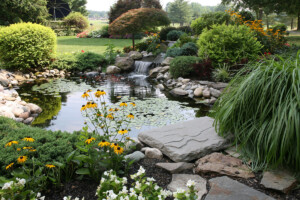

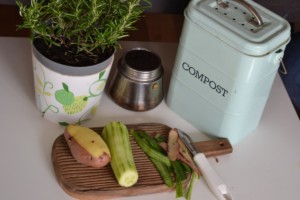












 United States
United States Canada
Canada